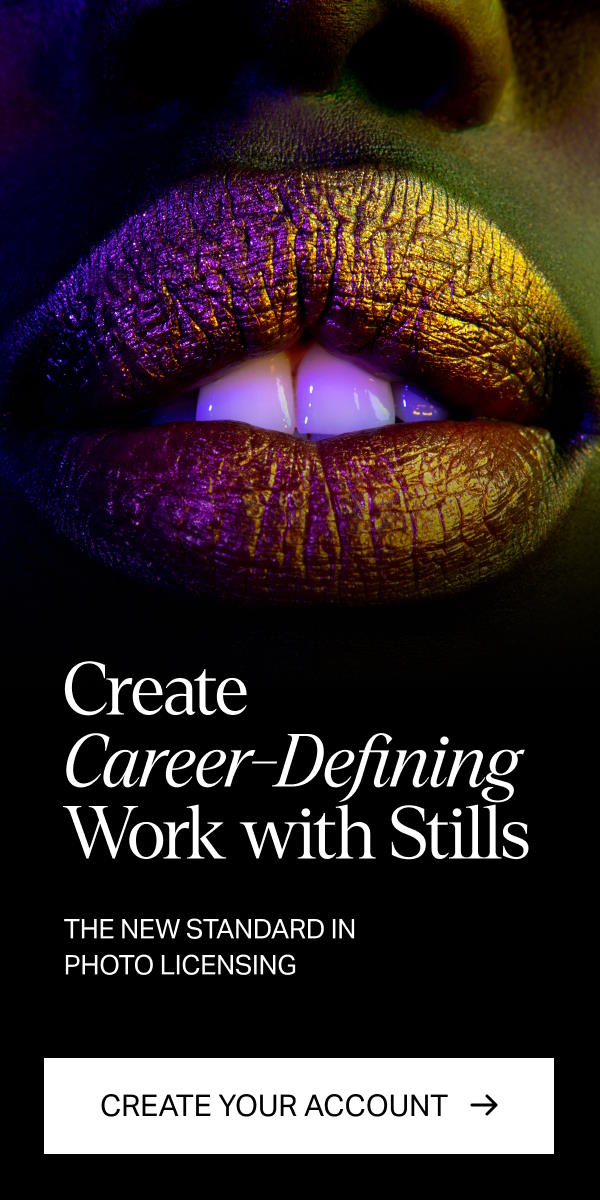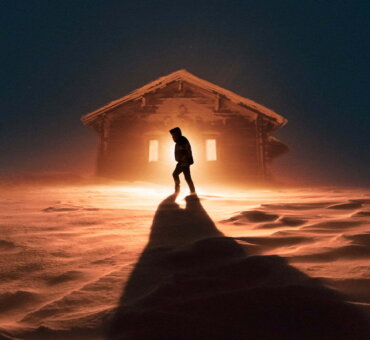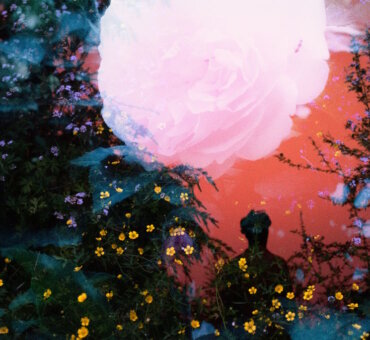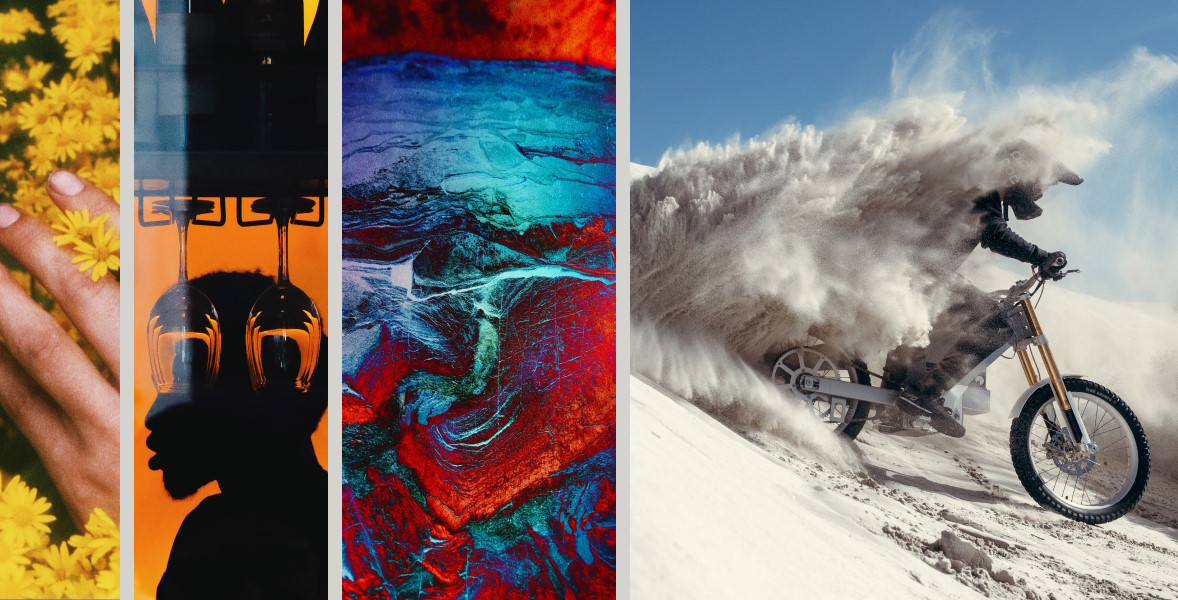It is very rare that when someone tells a story, no one listens. Humans are naturally drawn to stories because they educate, inspire, or simply help us make a better sense of the world. The same is true with visual storytelling.
When an image has a good narrative, people are drawn to it. Not because it’s pretty (although that plays a part, too) but mainly because the audience found it relatable. Imagine what will happen if you fuse visual narratives with advertising photography. What will be the impact of such images on your advertising campaign?
What is visual storytelling?
Simply put, visual storytelling is a way of effectively communicating with your audience by triggering emotions and piquing their interest through visuals.
A good product photo will tell the audience how this product will impact their lives on a positive note, not just that it’s a nice, new product from the brand. The same applies to websites or application launches—the advertising photo or social media post created to announce the new app will tell the audience how it can help people, not that it’s a cool new app projected to trend.
Solid visual narratives are considered solid when they effectively capture the attention of the target audience. Another factor is when they effectively communicate the message the brand wants to convey. Visual storytelling with photography and other elements discussed below translate complex ideas and overrated goals (e.g., purchase this new product) into something easy and actionable.
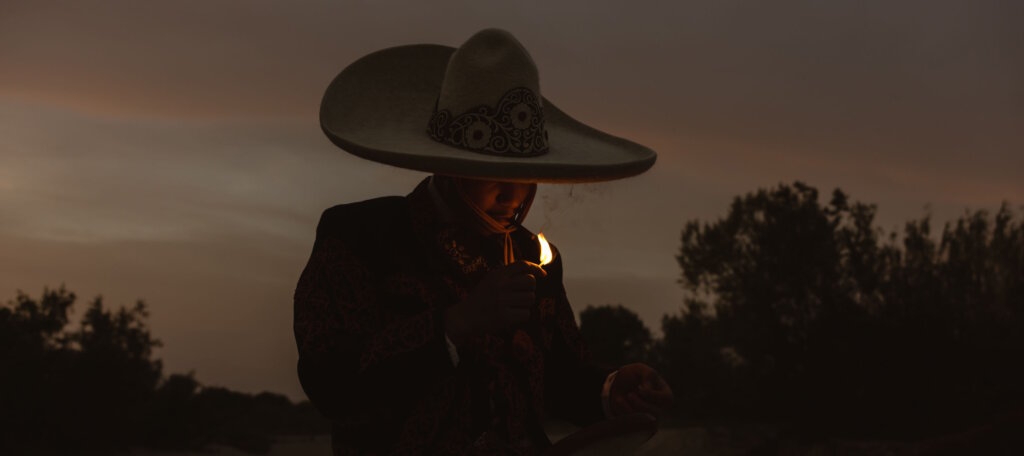
Benefits of visual storytelling
One of the biggest benefits of visual storytelling is information retention. If you create a great ad, but someone in your audience can’t make a purchase right now, they will remember the product and/or the brand because of that ad. And chances are, they will make a purchase when they can. They’ll add that product to their must-buy list. That is information retention.
Visual storytelling is also responsible for capturing people’s attention and enhancing comprehension, meaning conveying a message that is easier to digest. The bottom line of every good visual makes it easy for the audience—easy to feel, easy to decide (whether or not to purchase or subscribe), and easy to understand what your message is. It evokes emotions and pulls the audience in. This is what builds engagement and a strong, organic community.
What is a visual narrative?
Visual narrative is the use of visual elements such as images, illustrations, and graphics to convey a story or message. The human brain processes images 60,000 times faster than words, and 90% of information transmitted to the brain is visual. What does this mean for marketing and advertising? Well, it means visual narratives make it easier to communicate with your audience. What they see, they better understand.
But visual narratives are not just about finding authentic photos. It’s also about sequential placement or knowing when and where your audience would see these photos. Thanks to technology, there are multiple channels where people can find your brand. Sequential marketing is the art of understanding what visual elements look best where—some imagery are better for ads, and others are perfect for carousel posts on Instagram. Some images emphasize product usability (what is this product for), while others focus on relatability (how the product relates to the audience’s everyday life.)
Visual narrative examples
Investing in visual media is a smart move for brands. But a smarter move is to first immerse in the many different kinds of visual narratives. A narrative is not exclusive to photography. Stock photography from Stills can deliver authentic images that will help your brand build better connections with your audience. But narratives are more than that.
It can also be in the form of infographics, videos, graphs, charts, maps, comics, and so much more. Basically, if your visual tells a story (e.g., a visual chart of how a product was made), a visual narrative is present. Photography is, of course, among the most solid examples of visual narratives.
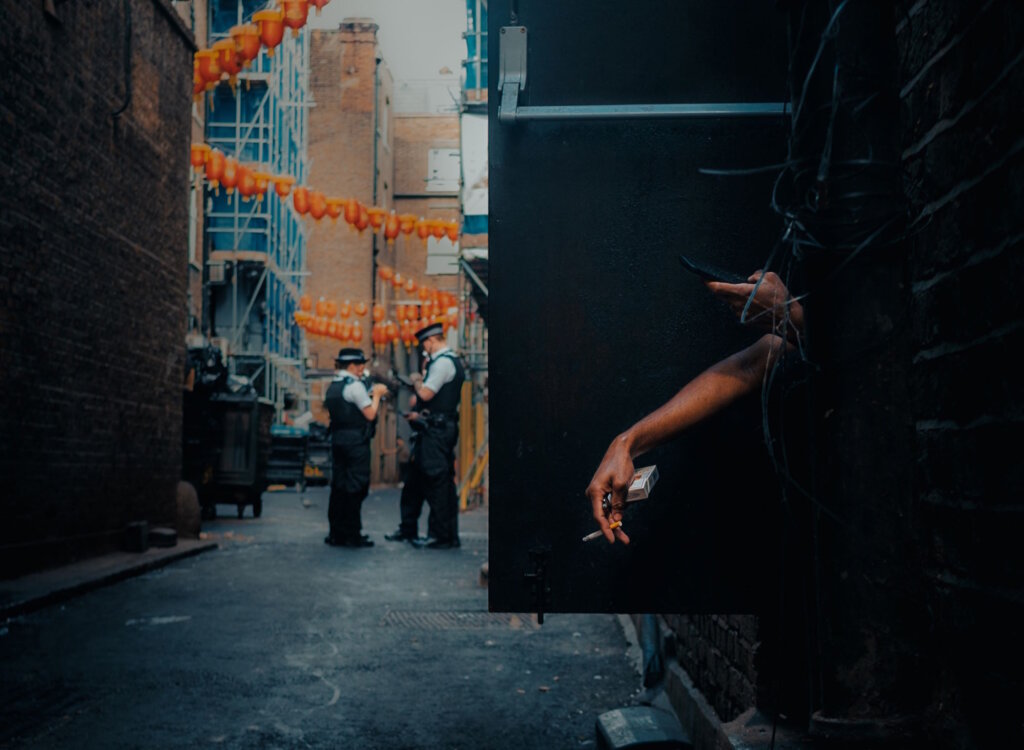
To develop good visual storytelling in your marketing and advertising material, be sure that it includes all the important elements of a solid narrative.
Elements to include in your visual storytelling
Visual storytelling doesn’t have to be complicated. There is an art to it, and there are elements that make it effective, but overall, it’s not as complex as you may think. Let these elements guide you to simplicity and clarity.
1. Photos
People love photos, so this is something every creative team has to maximize. And to really maximize it, take it to another level, and really focus on using high-quality images. Find photos with great composition that are relevant but also effectively convey the message.
2. Illustrations
Visual narrative art starts with illustrations. This is where graphic designers really shine, and a great illustration contributes to communicating with your audience clearly. They see it in a few seconds, and they immediately know what you’re trying to say.
3. Infographics
However, data can be boring. Not everybody loves seeing number after number. Great visual narrative ideas include infographics, as it makes data more appealing. It makes those overwhelming numbers easier to grasp.
4. Animation
It is reported that an average person watches 17 hours of online video per week. This includes ads. Video marketing is big, and animation can really up your visual storytelling game. Slack’s “Work, simplified” ad speaks to today’s work culture and highlights how staying organized by having all communication in one place can make work a lot simpler.
5. Video
Just like animation, video is another effective element to include in your visual storytelling strategy. Make people stop scrolling. Make people share that video (that is an ad but doesn’t feel like it) because they found it relatable and true. Do these and you’ve nailed your visual storytelling.
6. Data visualizations
Character, setting, conflict, and resolution… these are the four elements of data visualization that make it really effective. Why? Because sometimes, people have a lot going on in their lives, and they cannot zero in on their pain points. Through graphics, charts, and other similar tools, you are making that pain point clear for them, and you’re also presenting a clear solution. Because of that solution, your brand will be easier to remember.
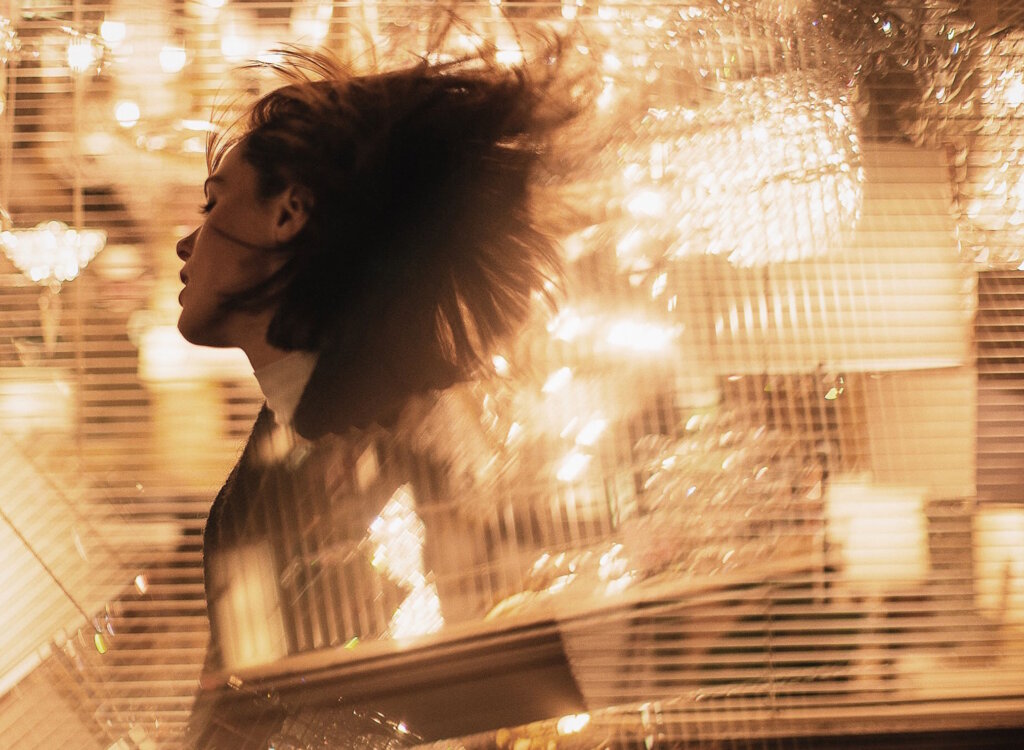
Visual narrative in photography
If you’ve ever wondered what is a visual story, when it comes to photography, it’s all about influential and powerful photographs.
Composition is one of the top priorities—what are you including in the frame, what are you keeping out, and why? Narratives also heavily rely on lighting. Terrible lighting might cause you to lose that narrative thus, photographers should be risk-takers when it comes to playing with lights and shadows. Pay attention to your angles. What will happen if you shoot something from a higher angle? Or what if you zoom in on something? Lastly, sequencing, or a series of shots in successive motions. While one shot can do the job, having a series that showcases how things unfolded can just be more telling.
People often say photography is powerful. But a better way of framing this is that solid visual narrative photography tells powerful stories. It is these narratives that shape our thoughts and widen our perspectives.
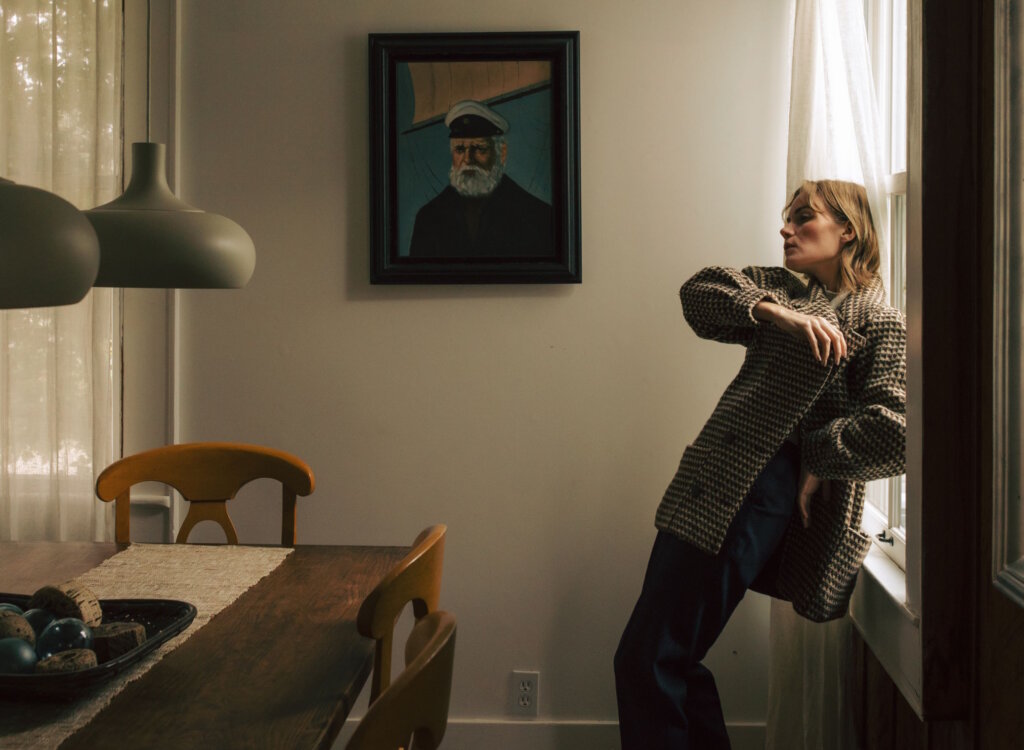
Visual narrative in advertising
Visual narrative in ads is just as exciting. Similar to photography as art, visuals in advertising are there to tell stories. If your series of images highlights the cool features of a new product, good. But, if your series of images highlights how these features can play a role in a consumer’s life—that’s what you want. That is visual storytelling, with photography being maximized in the advertising arena.
Adidas’s Forever Sport ad is probably one of the best print ads in the sense that it is playful. Magazine folds are not always easy to work, but Adidas took a creative turn and used that fold in ways it’s never been used before.
Nutella’s move to turn their name (a noun) into an adjective with that’s Nutellable is also another example of a clever approach and one of the greatest visual narrative examples out there. The work of designer Claire Heppner showcases how image series can do you wonders when done correctly.
iPods may be a part of history, but they released narrative-driven ads too. Apple saw how runners, joggers, and bikers listen to music as they work on healthier versions of themselves, and Apple knew this was something to be highlighted. They literally made their product part of their consumer’s everyday life without being too sales-y. Which is how effective visual narrative in advertising looks like.
Tired of using bleak stock images?
Try Stills, a photo licensing platform for exceptional designers.
The New Standard in Photo Licensing
Final words
Print ads, social media ads, graphs, infographics—the main job of all these materials is communicating with the audience. Every design team works to produce visuals that will tell their consumers why their brand is worth buying. To achieve this, you have to think beyond simply captivating your audience and move towards having a conversation with them through visuals. That’s how visual storytelling works. That’s how it begins.
What do you want to say? What emotions do you want to evoke? How do you want your consumers to respond? To answer these questions is to answer the question, what is a visual narrative? These questions should be asked throughout the process of creating those visuals. Because every step of the way, it should be remembered that visual narratives make it easier for your audience to “get” you. So, are your visuals easy enough to understand?

